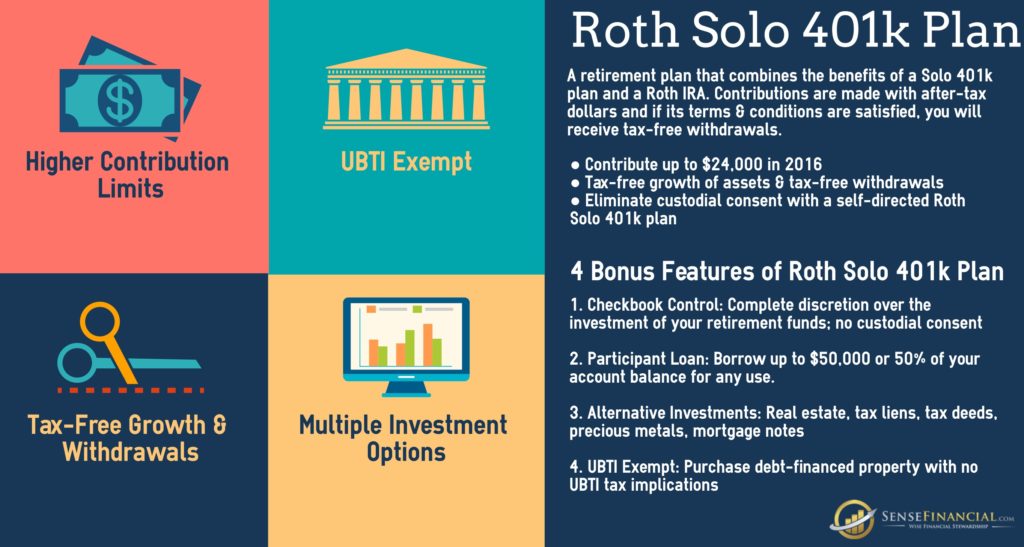“Save your money. You’re going to need twice as much money in your old age as you think.” — Michael Caine
If you’re self-employed and trying to boost your retirement savings, Solo 401(k) plans are a potential option.
Solo 401(k) plans are qualified retirement plans for self-employed professionals and business owners with no employees other than a spouse. These plans have gained popularity because of investor-friendly features and higher contribution limits than traditional retirement accounts.
The biggest limitation on a Solo 401(k) plan is its eligibility criteria. You must have some sort of partial or full-time self-employment, and you can’t have any full-time employees — except your spouse — working in the business. Having such eligibility criteria rules it out for business owners with employees.
Solo 401k for Business Owners: What are the plan benefits?
For an owner-only business, it presents an option for ensuring your savings are sufficient to fund your retirement years.
Is a Solo 401(k) is right for you? Here are four reasons to consider Solo 401k for business owners.
1. High contribution limits
Unlike individual retirement accounts, which limit contributions to $5,500 (or $6,500 for those age 50 and older), you can contribute up to $54,000 to a Solo 401(k) account in 2017 ($60,000 for 50 and older).
Related article: How to achieve financial independence with your small business
2. More investment options
Relying on the stock market for retirement, as many retirement plans do, may not sit well with investors who prefer to have more flexibility and freedom to choose different types of investments. With a specific kind of Solo 401(k) called a self-directed Solo 401(k), you can invest in alternative assets including real estate, tax deeds, tax liens, mortgage notes, private equity, personal lending, precious metals and even regular stock-bond investments. Make sure to ask your Solo 401(k) provider about the availability of these investment options upfront.
3. Roth, minus the income limits
According to the current IRS regulations, if you’re a single filer earning more than $132,000 in a calendar year, you’re not eligible for Roth IRA contributions. The phasing out starts at $117,000, limiting your options for after-tax contributions. A Roth Solo 401(k), which doesn’t have income limits, allows you to make annual after-tax contributions of up to $18,000, or $24,000 if you’re over 50, giving your money an opportunity to grow tax-free.
Related article: How to choose a self-directed retirement plan for your future?
4. Ability to borrow
The IRS allows borrowing from a Solo 401(k) plan, just as it allows borrowing from 401(k) plans. This means no one can turn you down and you can spend the money the way you want. Just make sure you follow IRS rules about repayment to avoid taxes and penalties. And loans from a Solo 401(k) hold one advantage over loans from a regular 401(k). With a 401(k), if you leave your current employment, the loan will become due in full. That kind of job change is not a factor with a Solo 401(k) loan.
This article was originally published on NerdWallet.com




